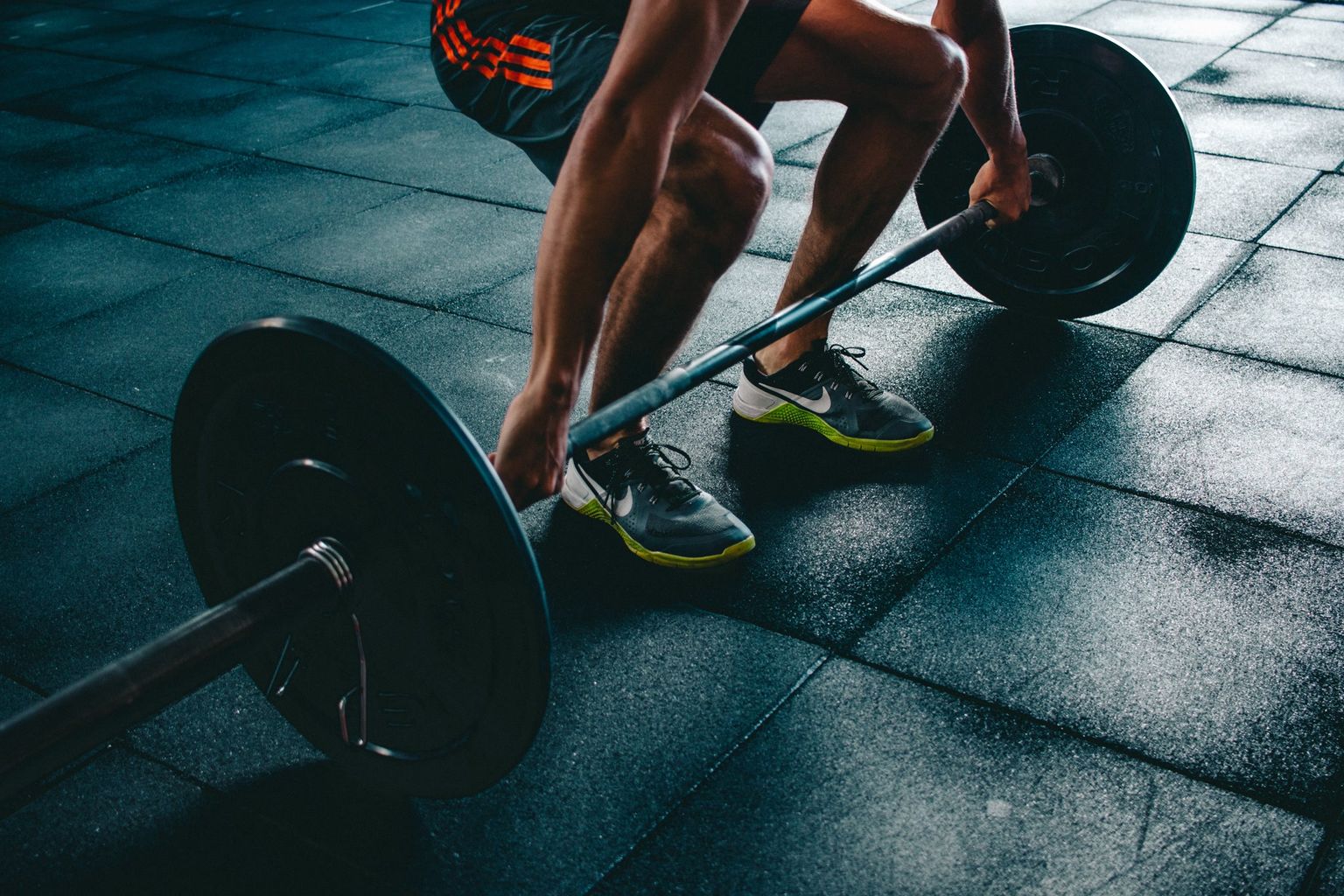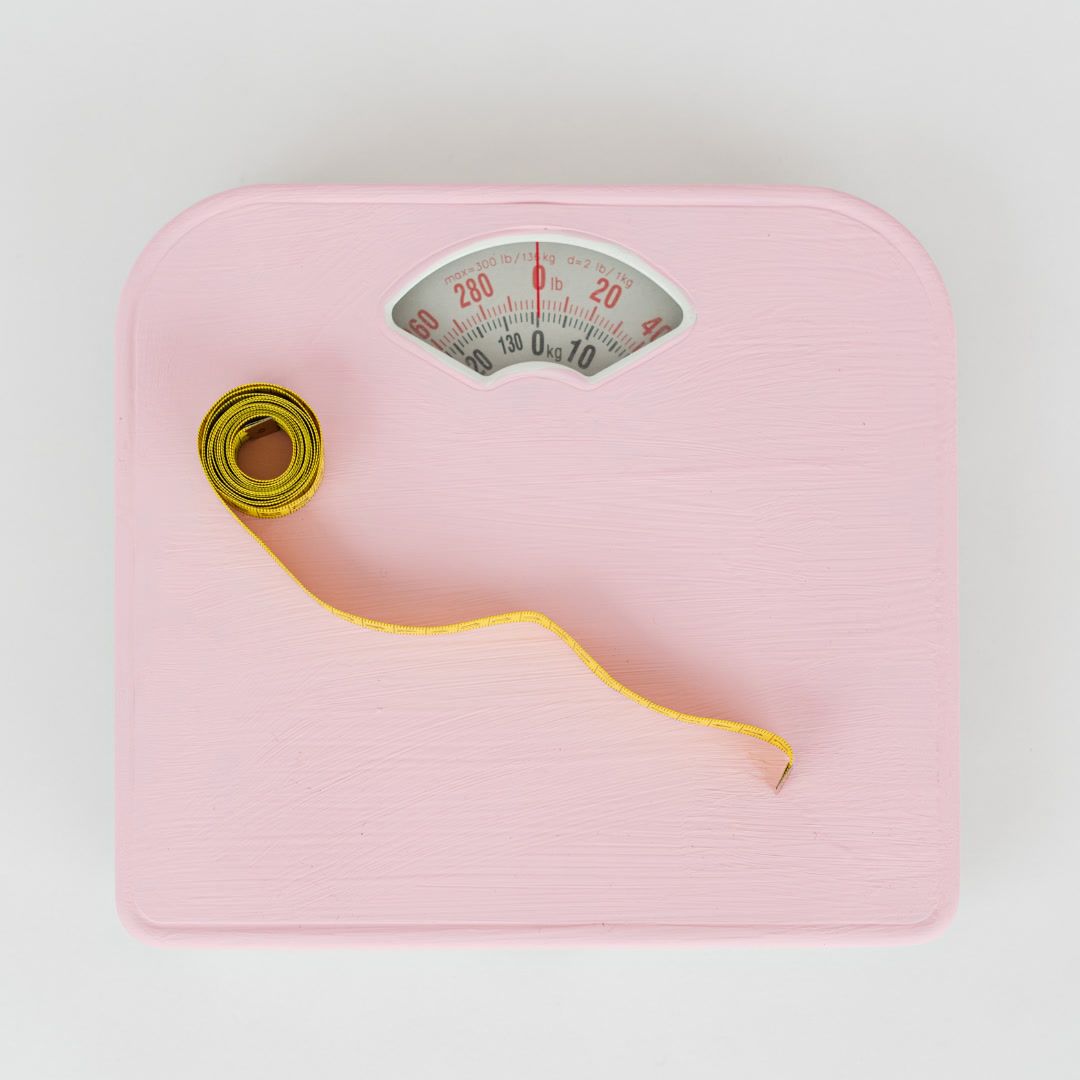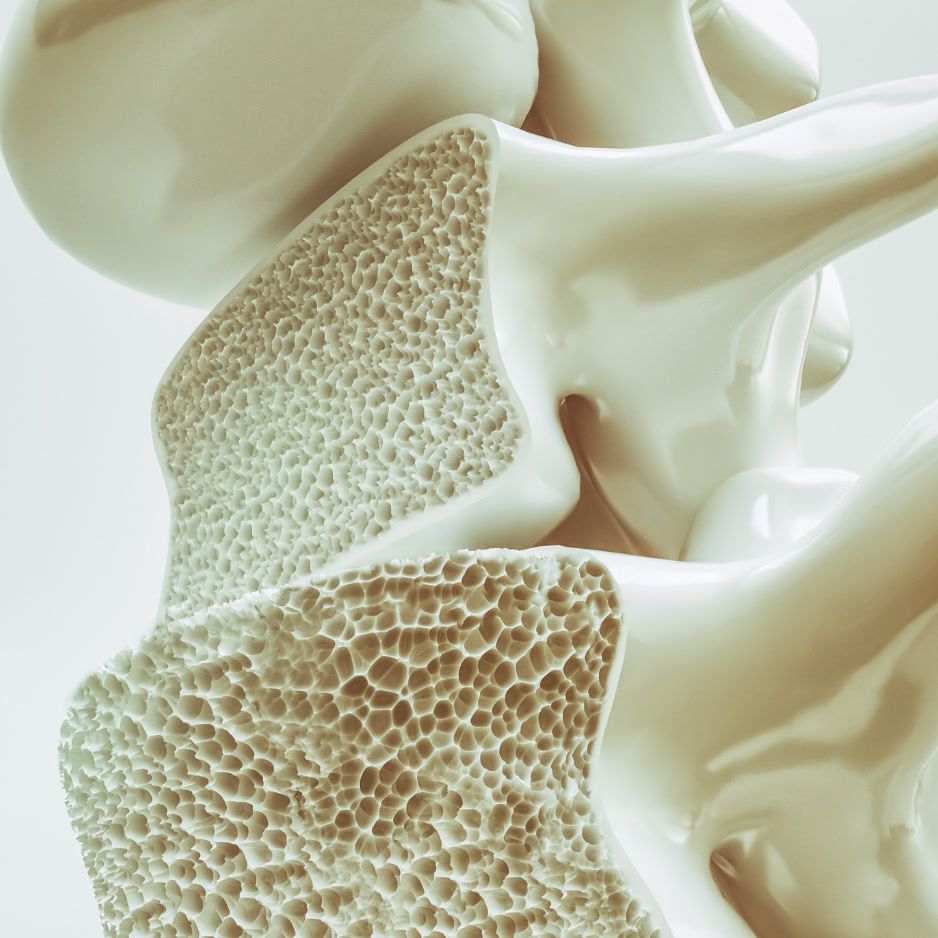Ketone Levels for Weight Loss: Data-Driven Guide
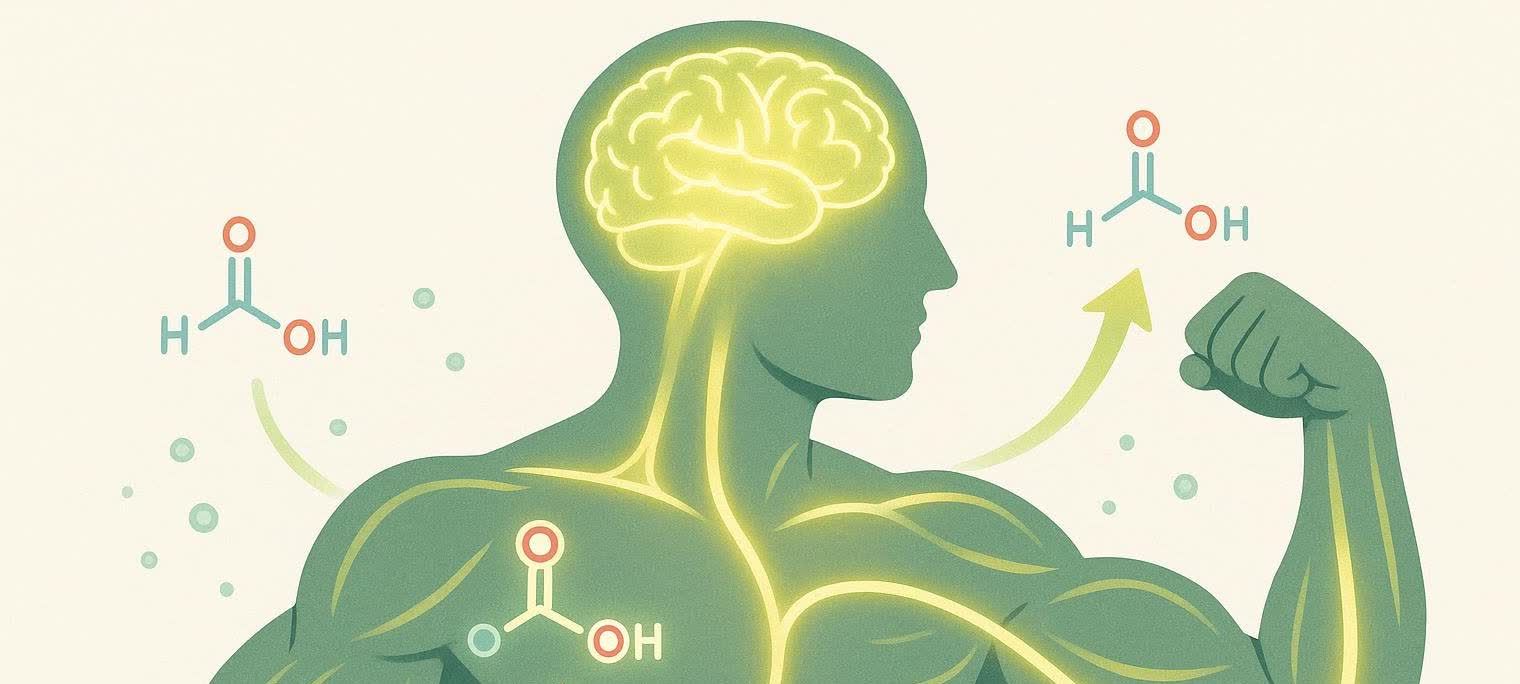
Ketone Levels for Weight Loss: Data-Driven Guide
If you follow a ketogenic or low-carb diet, measuring your ketone levels for weight loss can feel like decoding a cryptic read-out: 0.3 mmol/L, 1.7 mmol/L, 2.4 mmol/L. What do those numbers mean for real-world fat burning? This guide breaks the code so you can use ketone data—just like your BodySpec DEXA results—to fine-tune nutrition, exercise, and recovery for sustainable fat loss.
Quick take: People seeking to reduce body fat generally experience the best body-composition changes when their blood β-hydroxybutyrate (BHB) stays between 1.0 and 3.0 mmol/L for most of the day.
Table 1. Ketone Ranges and What They Mean
| Blood β-hydroxybutyrate (mmol/L) | Ketosis Status | Typical Use-Case | Fat-Loss Implication |
|---|---|---|---|
| < 0.5 | Not in ketosis | Standard high-carb diet | Glucose dominant; minimal fat-burn boost |
| 0.5–1.0 | Light nutritional ketosis | Low-carb eaters, fasted cardio | Beginning to favor fat, but weight loss may stall if calories are high |
| 1.0–3.0 | Optimal fat-loss zone | Most keto dieters | Peak fat oxidation, stable energy, manageable hunger |
| 3.0–6.0 | Therapeutic ketosis | Epilepsy, T2D reversal under MD care | No added weight-loss benefit; higher nausea/dehydration risk |
| > 6.0 | Very high | Prolonged fasting, exogenous ketone overuse | Monitor closely; dehydration or diabetic ketoacidosis risk in susceptible groups |
Source: Adapted from The Art and Science of Low Carbohydrate Living by Phinney & Volek (2011) and the Cleveland Clinic.
Why Ketones Matter for Fat Loss
Ketones—mainly β-hydroxybutyrate—are objective proof that your liver is converting fatty acids into a usable fuel. When BHB rises above about 0.5 mmol/L, insulin remains low and lipolysis (fat breakdown) increases. A 2019 review in Nutrients reports that nutritional ketosis can preserve resting metabolic rate while reducing total and visceral fat mass.
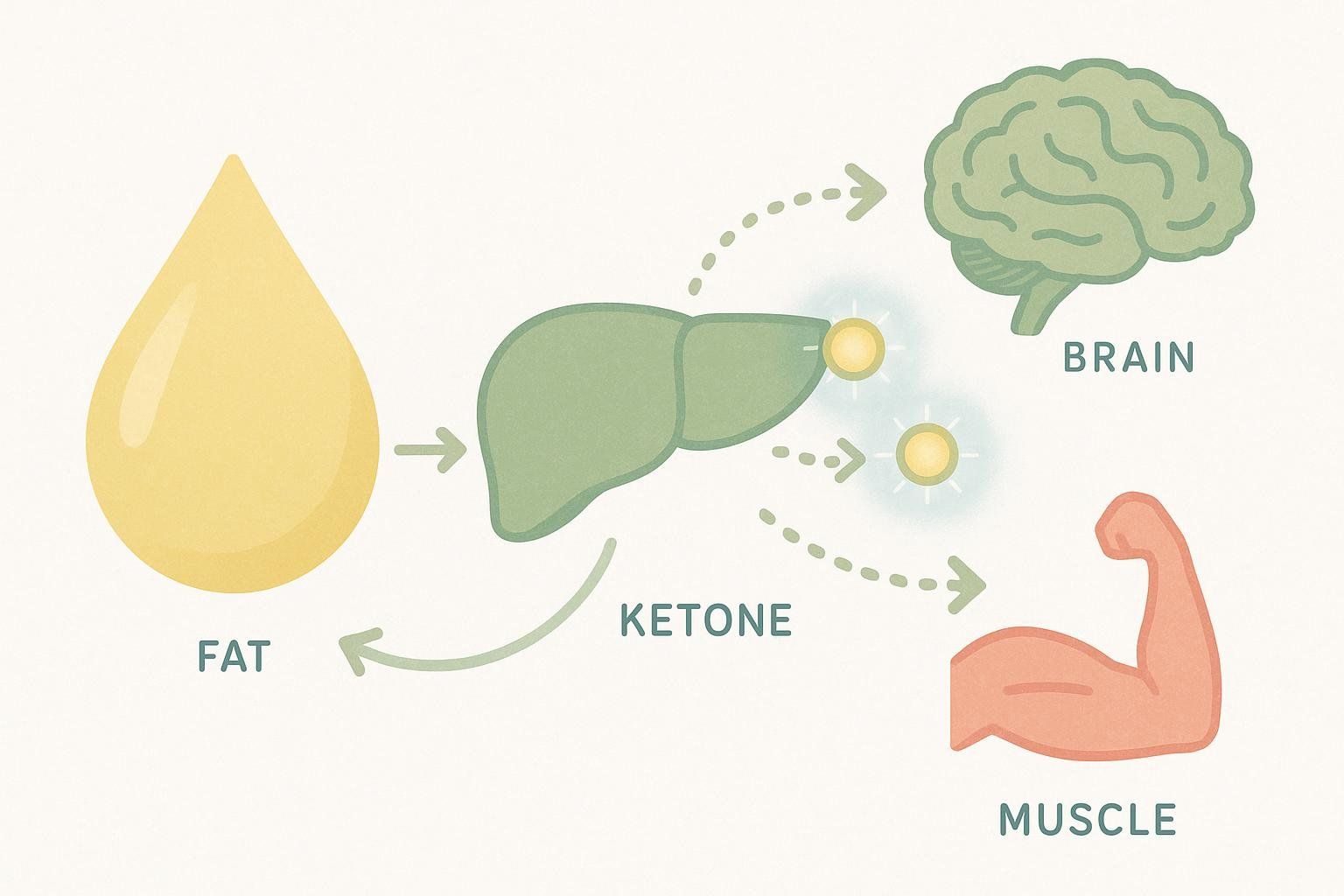
How to Measure Ketones: Pros & Cons
| Method | How It Works | Accuracy | Up-Front Cost | Ongoing Cost | Best For |
|---|---|---|---|---|---|
| Blood meter | Finger-stick droplet analyzed for BHB | Excellent | $30–$60 | $1–$2 per strip | Serious dieters, diabetics |
| Urine strips | Detects acetoacetate spill-over | Fair | < $10 | $0.15 per strip | New keto adopters during the first 1–2 weeks, before the body adapts and becomes more efficient at using ketones, resulting in less being excreted in urine |
| Breath analyzer | Measures acetone in exhaled air | Good | $80–$200 | None | Tech enthusiasts, athletes |
Blood testing is considered the gold standard because β-hydroxybutyrate is the primary circulating ketone used by muscles and brain.
Timing Tips
- Test at the same time daily. Morning fasted readings avoid meal-related spikes.
- Log context. Note last meal, workout intensity, and sleep so patterns emerge.
- Pair with body-comp data. A monthly DEXA scan confirms that rising ketones coincide with falling fat mass—not lean tissue.
Dialing In Your Personal Fat-Loss Zone
Every metabolism is unique, but most evidence and user data converge on the 1.0–3.0 mmol/L sweet spot. Here’s how to get there consistently:
1. Set Net Carbs to 20–40 g
• Track carbs for at least two weeks using an app.
• Emphasize fibrous vegetables and avoid hidden sugars.
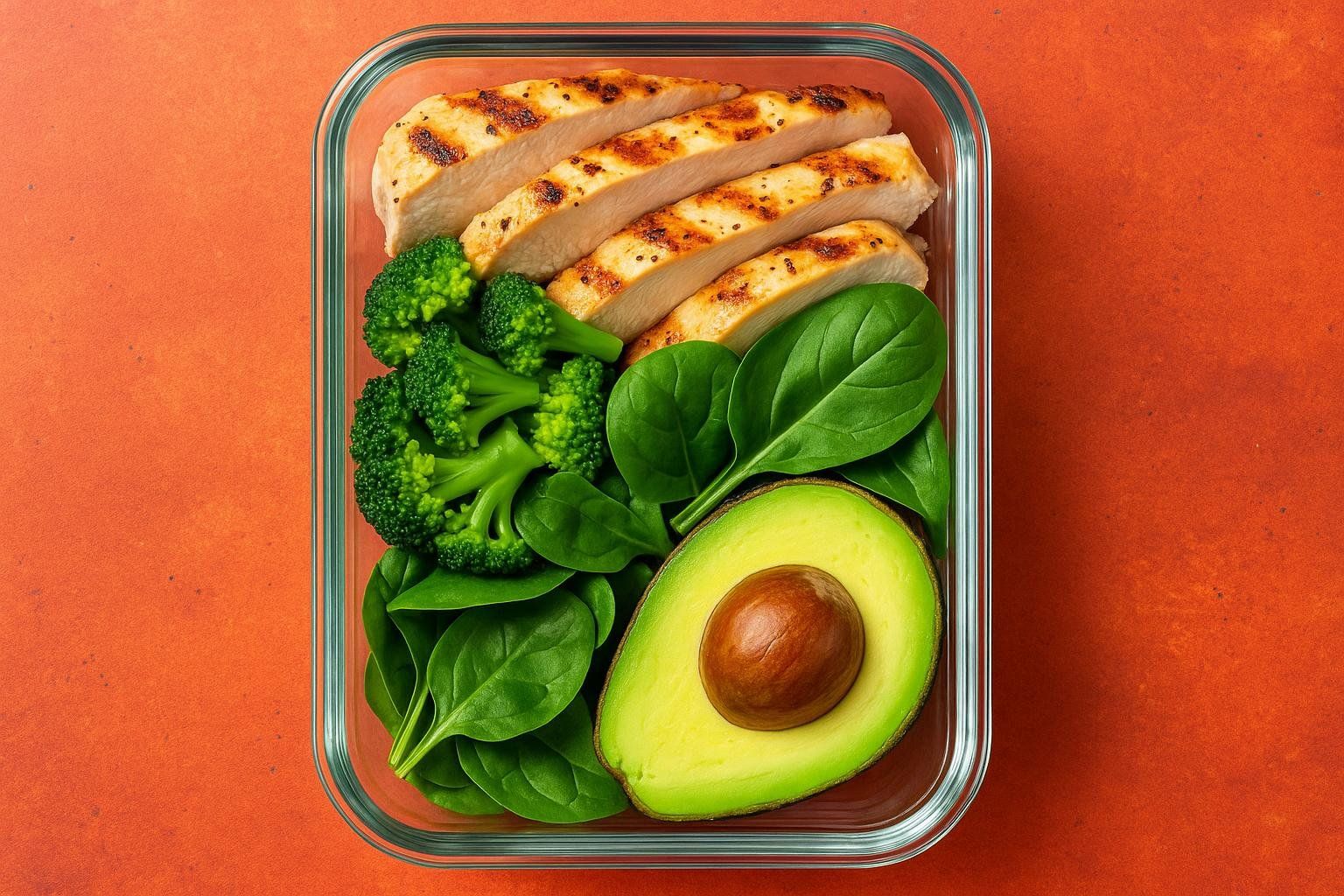
2. Hit Protein—But Don’t Overshoot
• Aim for 1.6–2.2 g per kg of lean mass (a metric you can get from your DEXA scan report), a target supported by a 2018 meta-analysis in the British Journal of Sports Medicine on preserving muscle during a caloric deficit.
• In some individuals, very high protein intake may increase glucose production (gluconeogenesis), which can temporarily lower ketone levels.
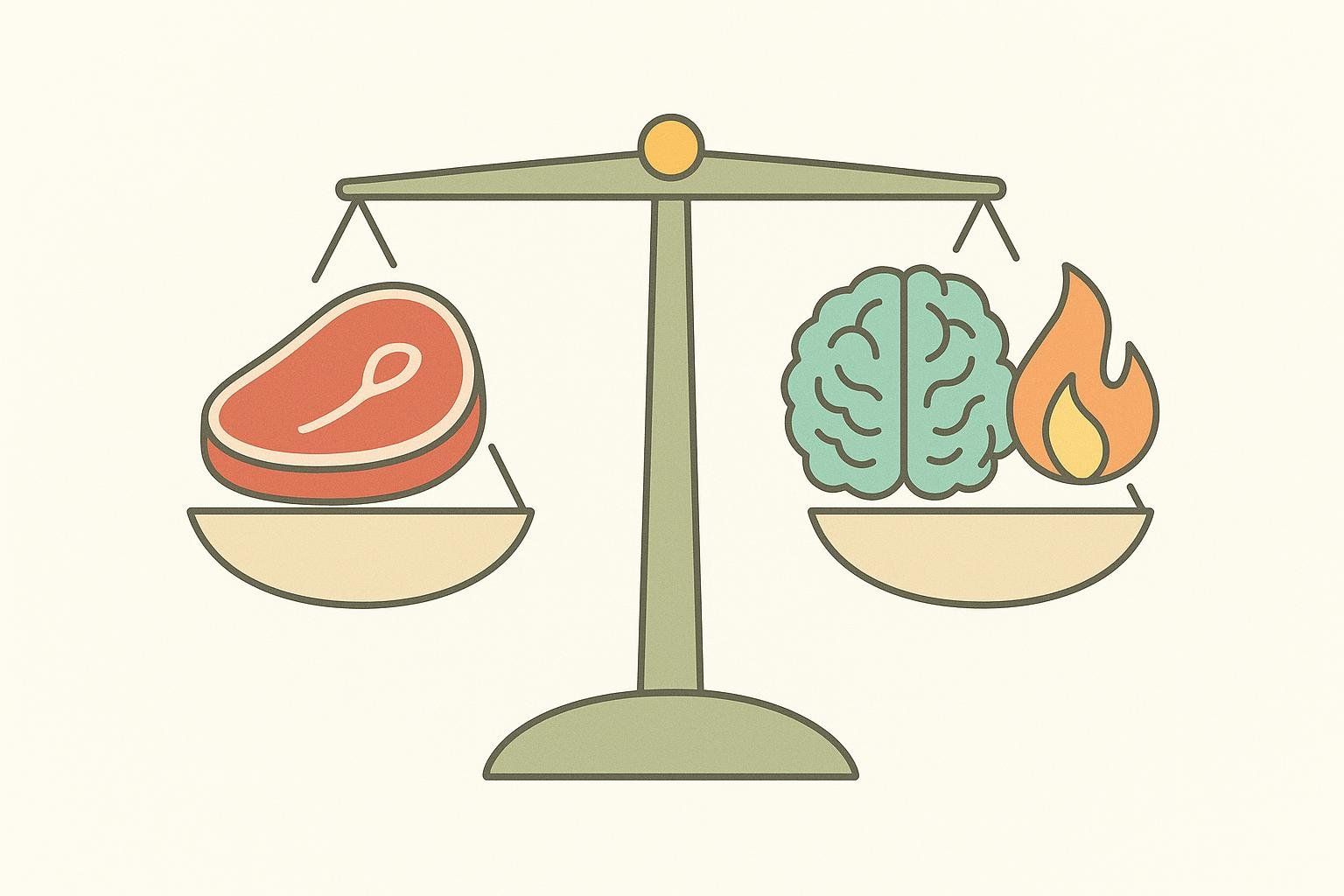
3. Use Fat as the Throttle
• Adjust dietary fat up or down to control calories once in ketosis.
• Focus on whole-food fats: avocado, olive oil, eggs.
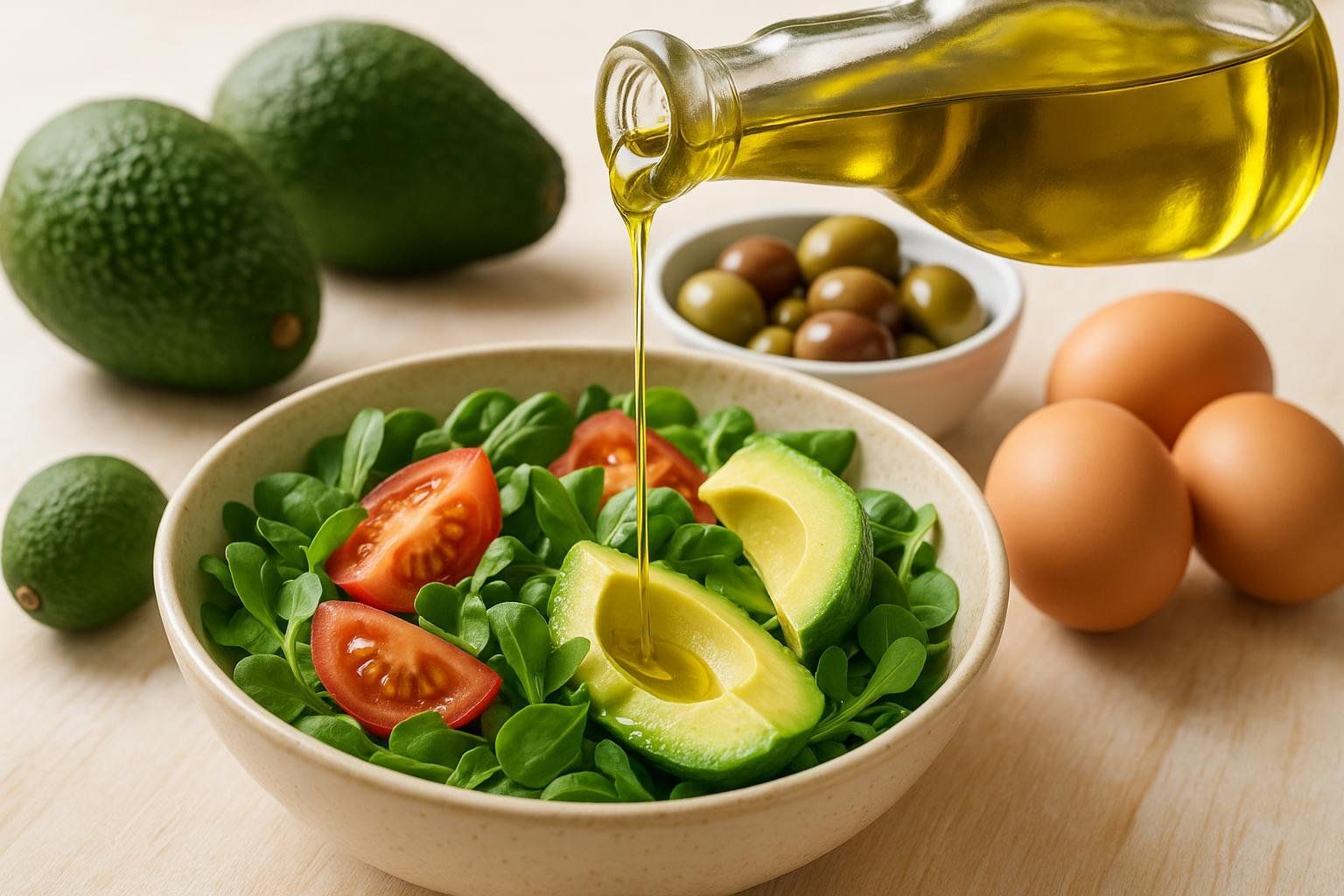
4. Layer in Strategic Fasting
Intermittent fasting (16:8 or 18:6) can bump ketones by 0.5–1.0 mmol/L within 12–16 hours. For a combined roadmap, see our 30-day keto & IF guide.
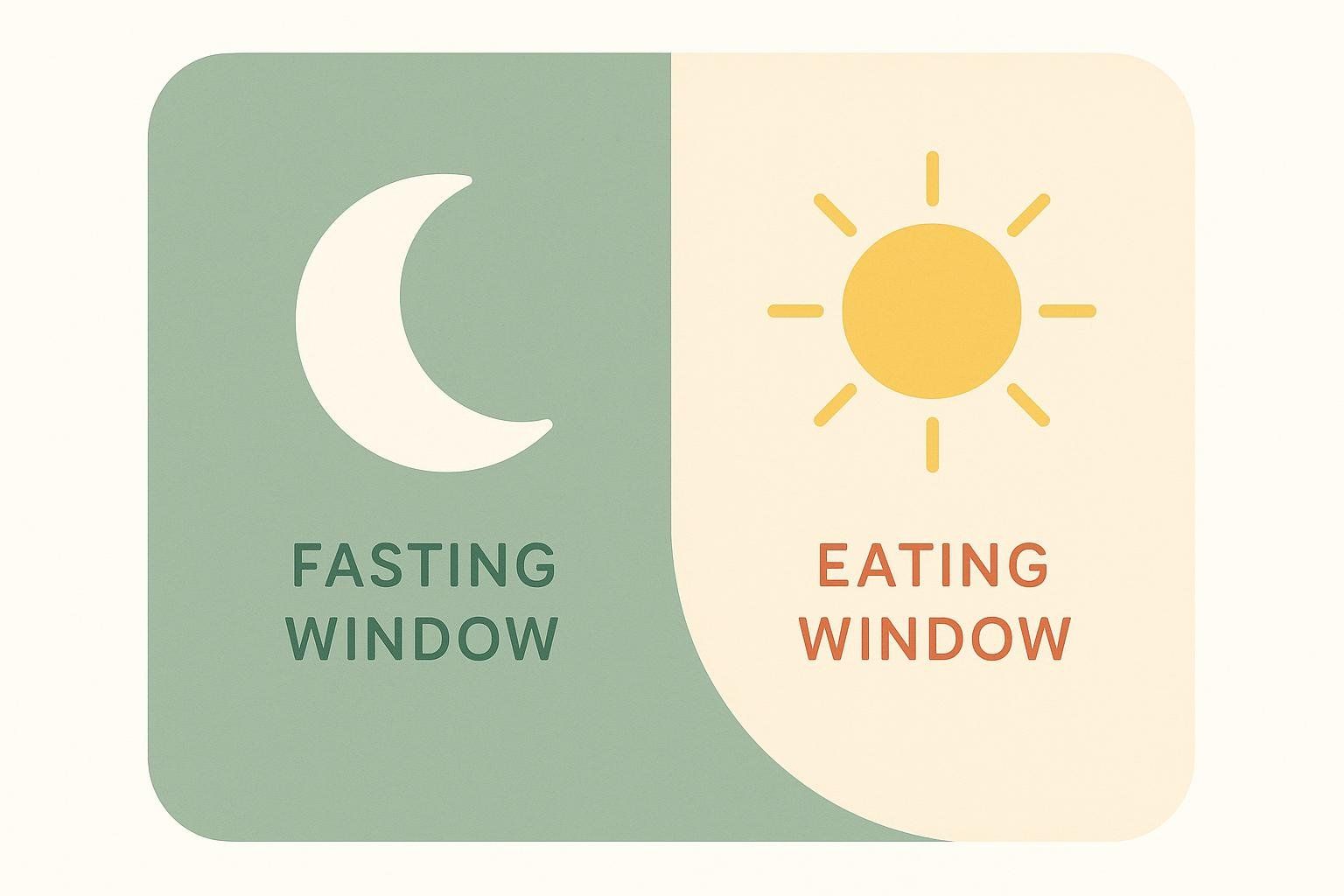
5. Train Low, Recover Smart

• Endurance sessions (Zone 2 cardio) tend to raise ketones during and after exercise.
• HIIT or heavy lifting may temporarily drop BHB levels. A 2016 study in Cell Metabolism found this occurs because intense efforts rely on stored glycogen for fuel, which increases ketone clearance for a short window.
• Rehydrate and target 4–6 g sodium daily to sidestep the “keto flu.”
Special Populations & Safety
Type 2 Diabetes or Insulin Users
If you use insulin or SGLT2 inhibitors, coordinate with your healthcare team before pursuing ketosis. Seek medical advice if BHB > 3 mmol/L and blood glucose > 250 mg/dL.
Endurance Athletes
Highly fat-adapted runners and cyclists often hover at 0.5–1.5 mmol/L during long, steady-state efforts. Repeated training enhances mitochondrial adaptations and fat oxidation, even when consuming up to ~150 g of carbs per day.
Women & Hormones
Emerging research suggests ketone readings can fluctuate across the menstrual cycle. A small observational study on adolescents using therapeutic keto diets found lower BHB during menstruation versus the follicular phase (Frontiers in Nutrition, 2023). Tracking your levels daily can help you observe personal patterns and understand how your body responds.
Example Scenario: An 8-Week Fat-Loss Journey
| Week | Morning BHB (mmol/L) | Scale Weight (lb) | DXA Fat Mass (lb) |
|---|---|---|---|
| 0 | 0.3 | 165 | 62 |
| 2 | 1.4 | 161 | 59 |
| 4 | 1.8 | 158 | 55 |
| 6 | 2.2 | 155 | 52 |
| 8 | 1.9 | 153 | 50 |
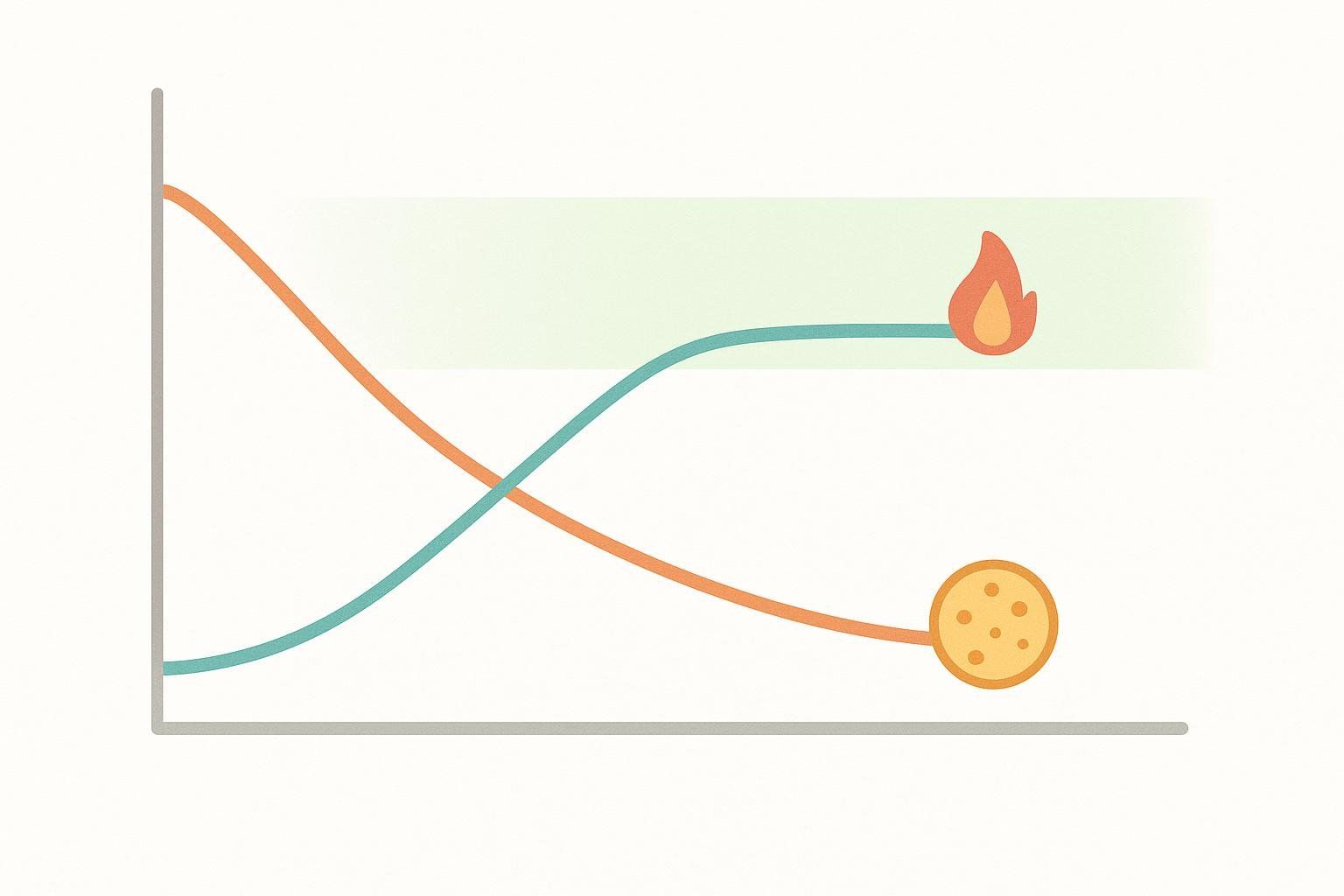
This timeline illustrates how sustained ketosis in the 1.5–2.5 mmol/L range can drive significant fat loss while protecting muscle mass.
Troubleshooting Low Ketone Readings
- Hidden carbs in sauces or electrolyte drinks.
- Unintentionally high protein consumption—double-check shakes and “keto” bars.
- Stress and poor sleep can elevate cortisol, a hormone that may raise blood sugar and interfere with ketone production.
- Device issues—recalibrate meters or replace expired strips.
Frequently Asked Questions
How quickly should ketones rise after starting keto?
Most people hit 0.5 mmol/L within 2–4 days. Reaching the 1.0–3.0 mmol/L band can take 1–3 weeks depending on carb restriction and activity.
Do exogenous ketone drinks help with fat loss?
They raise BHB temporarily but don’t guarantee fat burning because the ketones come from the drink, not your body fat.
Can I build muscle while in the fat-loss ketone zone?
Yes—prioritize progressive resistance training and adequate protein. See our guide on losing fat without losing muscle.
Next Steps: Track, Test, and Adjust
- Get a baseline BodySpec DEXA scan to quantify fat vs. muscle.
- Start a 14-day carb-restricted phase (≤ 30 g net) while logging ketones.
- Aim for the 1.0–3.0 mmol/L window at least 18 hours per day.
- Re-scan every 6–8 weeks and tweak macros or training based on body-comp trends.
Curious where to scan? Browse our DEXA scan locations to find a clinic or mobile truck near you.
Using data from both ketone testing and DEXA body-composition scans gives you objective feedback on whether your plan is actually burning fat. Happy tracking!
